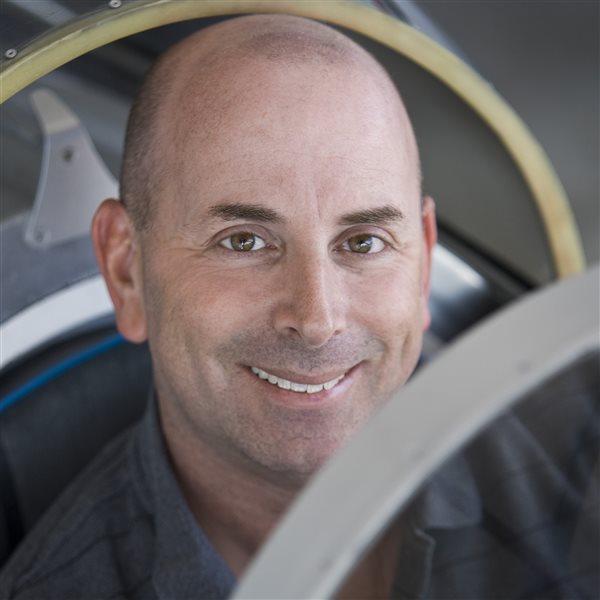Richard and Kirk Fox
Father and son GA tag team

When Richard, 71, recalls soloing an Aeronca Champ at age 14, his son tactfully interrupts. “You might want to round that up to 16,” Kirk says. “Just in case.”
The duo is performing an annual inspection on a vintage Piper Tri-Pacer in Frederick, Maryland. Even though they’ve got vast experience working on flying machines ranging from helicopters to supersonic jet fighters, they prefer teaming up on antique, fabric-covered general aviation aircraft.
Richard, the son of a World War II flight instructor and airline pilot, grew up at Frederick Municipal Airport (FDK) in the 1960s and started working on his dad’s sport airplanes as a teen.
“He’d send me diving into the cockpit of a Pitts Special to bleed the brakes because I was limber enough to reach them,” Richard said, “and I loved it.” He became an airframe and powerplant mechanic in the 1970s, working for a variety of airlines and defense companies, and usually had a fixer-upper airplane of his own to fly, restore, and eventually sell. He’s had over 40 airplanes in more than 50 years of flying and left each one better than he found it.
Kirk, 35, one of four children, shared his dad’s passion for flying and fixing GA airplanes. He soloed at 16 in a Piper J–3 Cub and a Cessna 172 and later joined the U.S. Air Force where he became an F–15 and F–22 crew chief. Kirk is now an airline mechanic and joins his dad from
time to time for sport and vintage airplane projects.
“This isn’t a business,” Richard says. “It’s something we do because we enjoy it. Ninety percent of what we do is about keeping our friends flying.”
On a typical annual inspection, Kirk starts at the front of the airplane, Richard at the back, and they meet in the middle. “It used to be that I had the knowledge, and he provided the muscle,” Richard said of his son. “Now he knows more than I do—and he’s still got the muscle. How’s that even fair?” 



